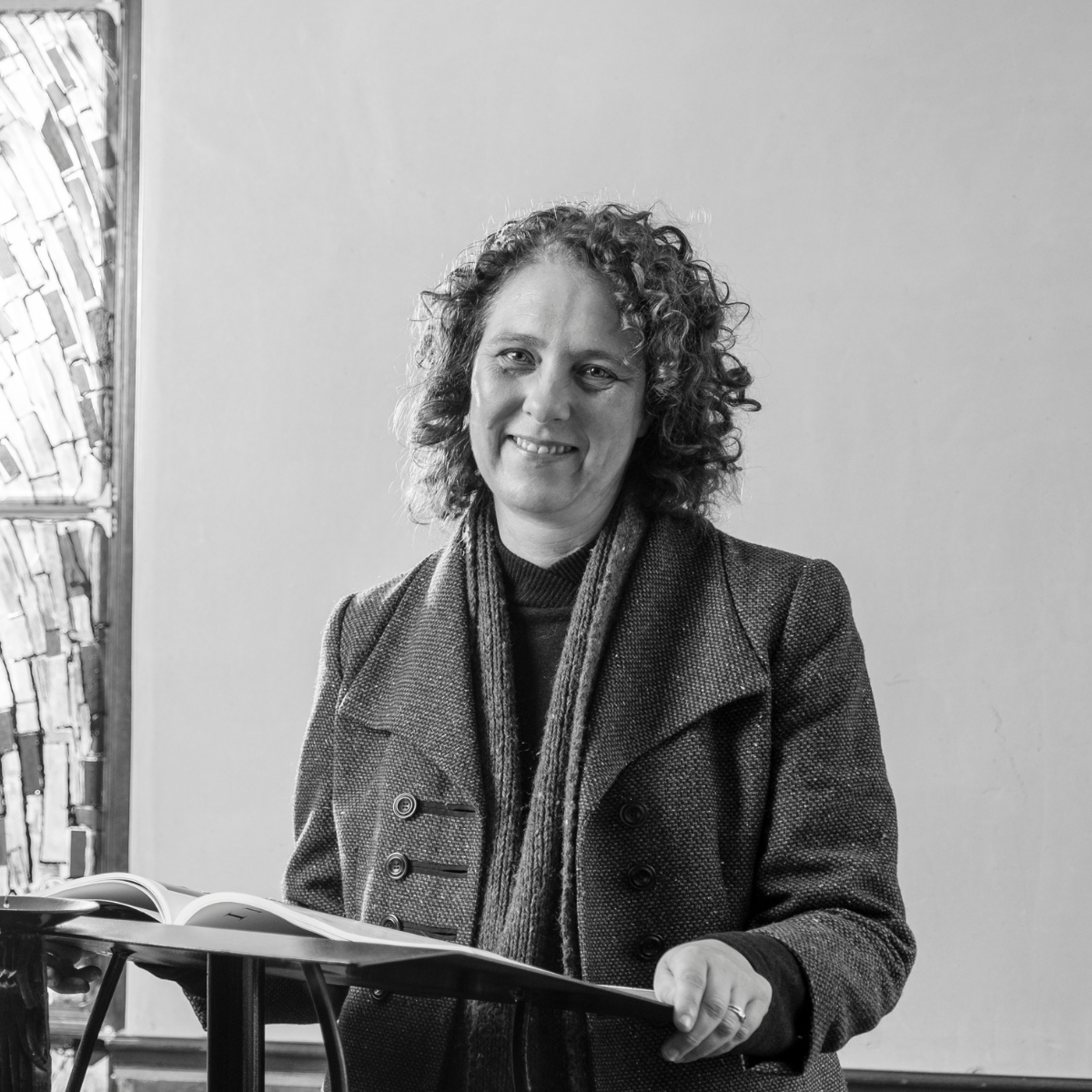Commentary on Genesis 2:18-24
Genesis 2:18-24 is a fascinating text that throughout the centuries has done much harm.
For instance, over the years, the reference to the woman as man’s helpmate has been invoked to relegate women to a subservient position. Or worse, in the 15th century document Malleus Maleficarum that serves as a manual for dealing with women who have been accused of witchcraft offers the following shocking interpretation regarding the reference of woman being created from the rib of the man. In a section that outlines women as the “weaker sex” when it comes to intellect, and hence more susceptible to fall prey to the devil’s temptations, one finds the following description of women:
But the natural reason is that she is more carnal than a man, as is clear from her many carnal abominations. And it should be noted that there was a defect in the formation of the first woman, since she was formed from a bent rib, that is, a rib of the breast, which is bent as it were in a contrary direction to a man. And since through this defect she is an imperfect animal, she always deceives.1
This type of misguided interpretation that unabashedly demonizes women has been responsible for the persecution and murder of countless of women who were considered to be witches. However, less overt, but no less harmful is the ancient stereotypes that continue to this day to haunt women and mar the relationship between women and men: Women are unfaithful, women are not to be trusted; women are the pinnacle of all that is evil, corrupt, irrational, and weak.
This very dark interpretative trajectory of Genesis 2:18-24 should not prevent us though from finding ways to redeem this text in order to proclaim a word that is life-giving in nature. For instance, one should note that this text offers a wonderful portrayal of the importance of companionship. This is evident already in verses 18 when the God who in Genesis 1 repeatedly has described God’s creation as good, says that “it is not good that man,” and I would add woman, “be alone.” So God vows to provide the paradigmatic human with a helper and a partner, which as Phyllis Trible already in her landmark book, God and the Rhetoric of Sexuality has shown, should not be viewed in terms of subordination given the fact that God is also described as Israel’s helper (Psalms 115:9; 121:2).
We actually see in quite humorous fashion how God is creating from the same ground (adamah) from which humans (adam) have been created, make a whole array of animals, parading them in front of the human to find his ideal partner and helpmate. One could well imagine the man scoffing at the idea of the giraffe, the lion, the chimpanzee, and even man’s best friend, the dog, being this promised companion. When none of these animals suffice, God’s plan B is to take part of the man to “build” a woman which God brings to the man for his approval.
The man’s delight is evident when he recognizes this woman to be his partner and helpmate, but more importantly to be “bone of [his] bone and flesh of [his] flesh” (verse 23). Moreover, in the act of intercourse, they once more become the one flesh that they always have been (verse 24).
In a fascinating story on the notion of soulmates, in Plato’s Symposium, Aristophanes tells the story of how human beings originally were androgynous creatures with two faces, and four arms and legs. Threatened by the power of these humans, Zeus decided to weaken them by cutting them in two. These two halves were miserable, continuously longing for its other half. Love and companionship can thus be described as trying to get back to one’s original self:
Love is born into every human being; it calls back the halves of our original nature together; it tries to make one out of two and heal the wound of human nature. Each of us, then, is a ‘matching half’ of a human whole…and each of us is always seeking the half that matches him.2
The beauty of this interpretation is that it opens up the idea that the “bone of my bone” and “flesh of my flesh” can go beyond what traditionally has been described as the love between a man and a woman. Partners and companions can and do come in all shapes and forms. In this regard, Sean Burke has written beautifully about the value of Queer Biblical Interpretation that seeks to break open rigid sexual categories that confine people in narrowly defined boxes, “mak[ing] it possible for more bodies to matter — for more bodies to be recognized as fully human.”3 And I would add, to allow them to search for their other half that completes them.
Whoever this partner, one’s soulmate, ends up being, the final verse of this week’s lectionary reading offers a powerful perspective on what the nature of this relationship ought to be. In Genesis 2:24 we read that these two soulmates both were naked but not ashamed. This verse is such a powerful image of being able to be vulnerable in the presence of the other. Probably one of the most important aspects of a happy relationship/marriage is the ability to protect the vulnerability of the other. It is also this reference that features prominently in Phyllis Trible’s retelling of Genesis 2 what she describes as “the love story gone awry.” She views the portrayal of the intimate relationship in Song of Songs as a good illustration of what the love story as narrated in Genesis 2 is supposed to be:
Naked without shame and fear (see Genesis 2:25; 3:10), this couple treat each other with tenderness and respect. Neither escaping nor exploiting sex, they embrace and enjoy it. Their love is truly bone of bone and flesh of flesh, and this image of God male and female is indeed very good (see Genesis 1:27, 31).4
Notes:
- James Sprenger and Henry Kramer, Malleus Maleficarum, Section1, Question VI (1486 CE) http://www.sacred-texts.com/pag/mm/.
- Plato, Symposium, (360 BCE) http://classics.mit.edu/Plato/symposium.html, 27.
- Sean Burke, “Queering Early Christian Discourse: Th e Ethiopian Eunuch,” in Bible Trouble, ed. Teresa J. Hornsby and Ken Stone (Atlanta: Society of Biblical Literature, 2011), 176.
- Trible, Phyllis, God and the Rhetoric of Sexuality (Philadelphia: Fortress Press, 1978), 161.


October 7, 2018